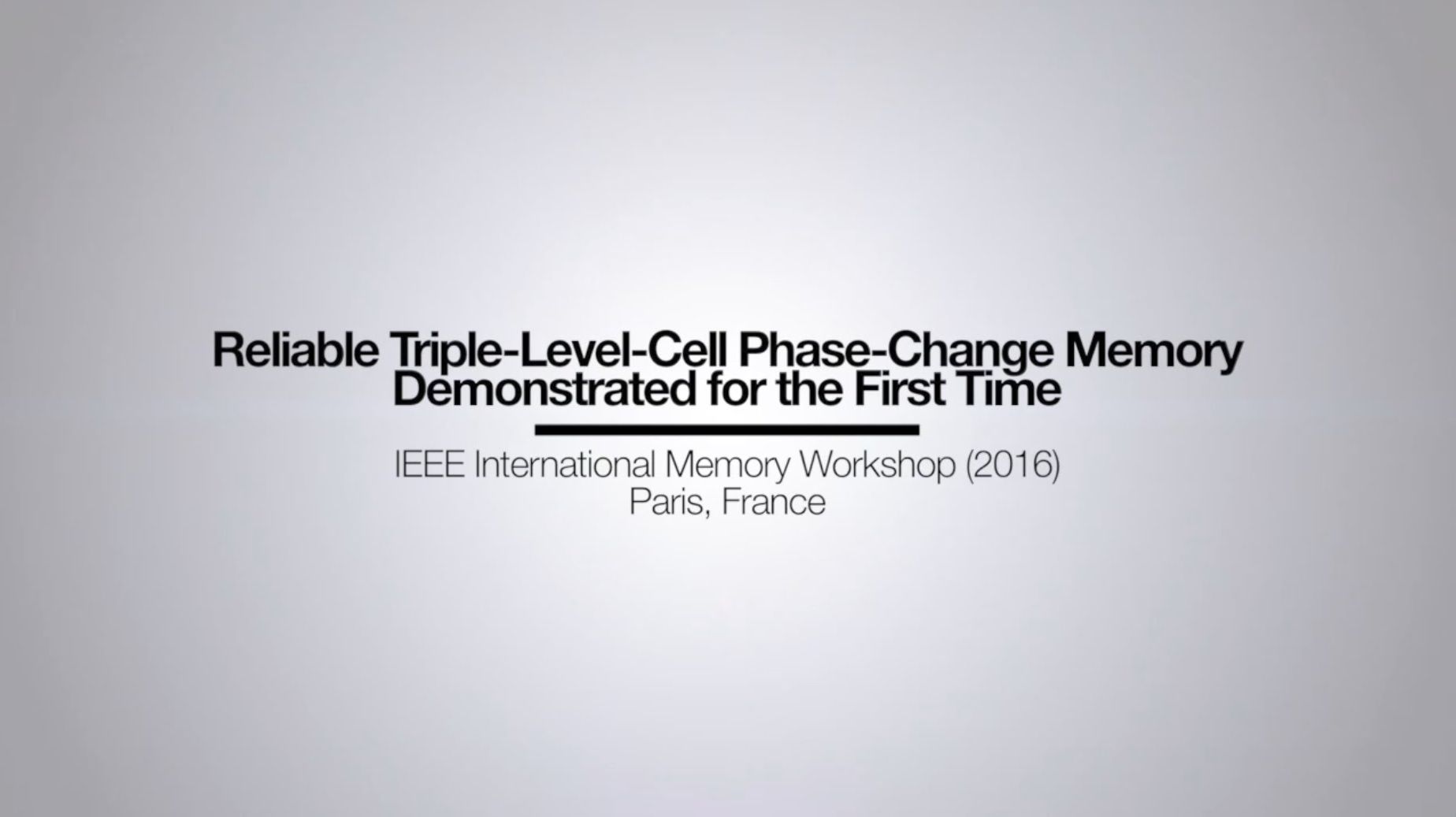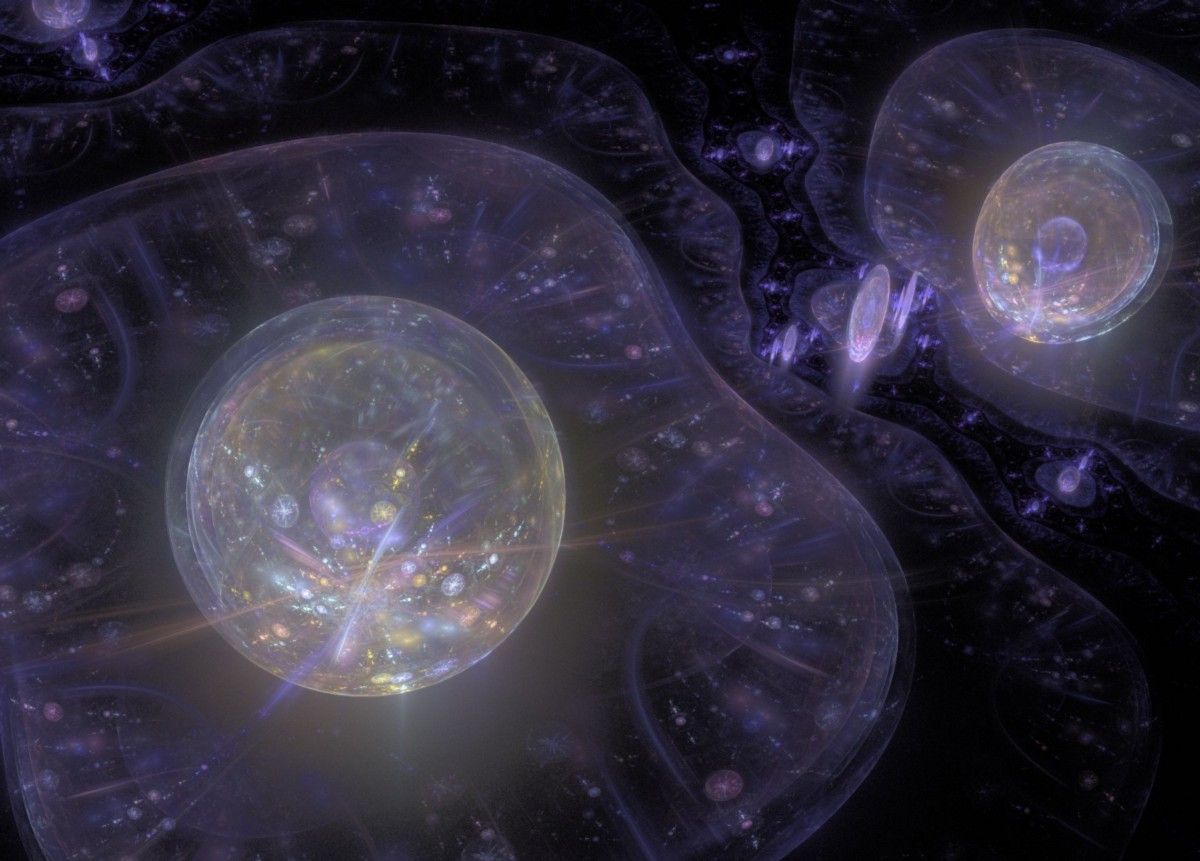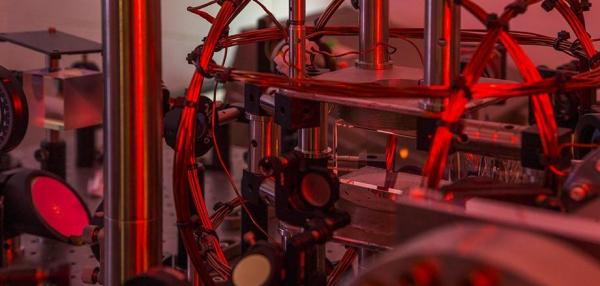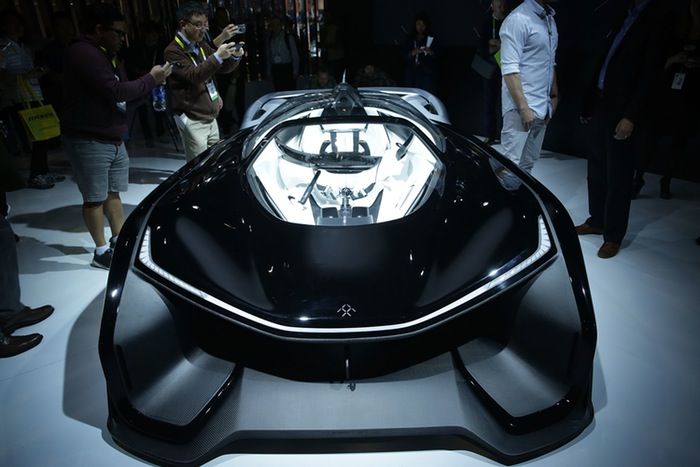May 17, 2016
New Form Of Light Will Impact Nature Fundamentals
Posted by Karen Hurst in categories: particle physics, quantum physics
A new form of light has been discovered by physicists from Trinity College Dublin’s School of Physics and the CRANN Institute, Trinity College, which will impact our understanding of the fundamental nature of light.
One of the measurable characteristics of a beam of light is known as angular momentum, The Spectrum reports. Until now, it was thought that in all forms of light the angular momentum would be a multiple of Planck’s constant (the physical constant that sets the scale of quantum effects).
Now, recent PhD graduate Kyle Ballantine and Professor Paul Eastham, both from Trinity College Dublin’s School of Physics, along with Professor John Donegan from CRANN, have demonstrated a new form of light where the angular momentum of each photon (a particle of visible light) takes only half of this value. This difference, though small, is profound. These results were recently published in the online journal Science Advances.
















